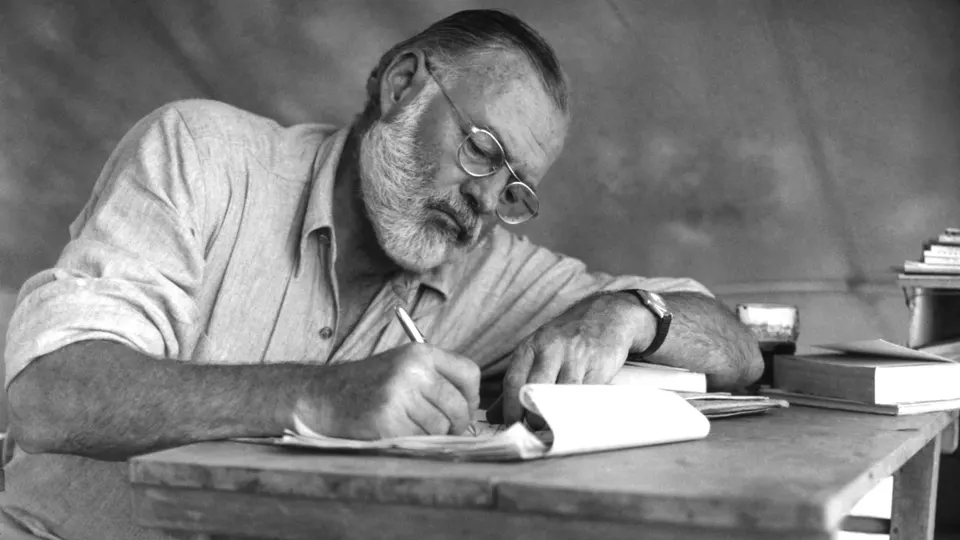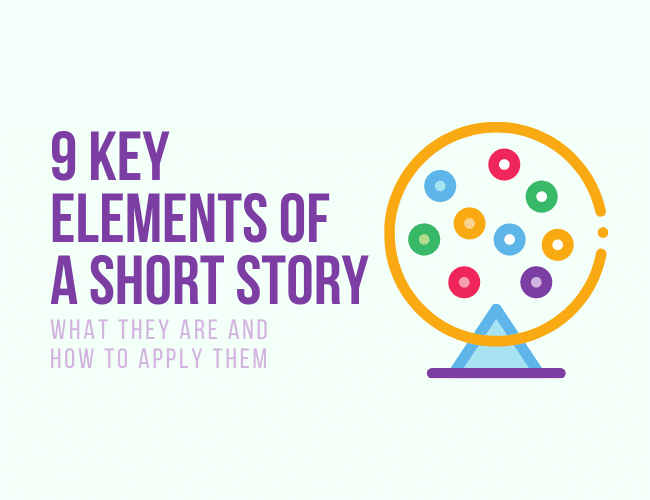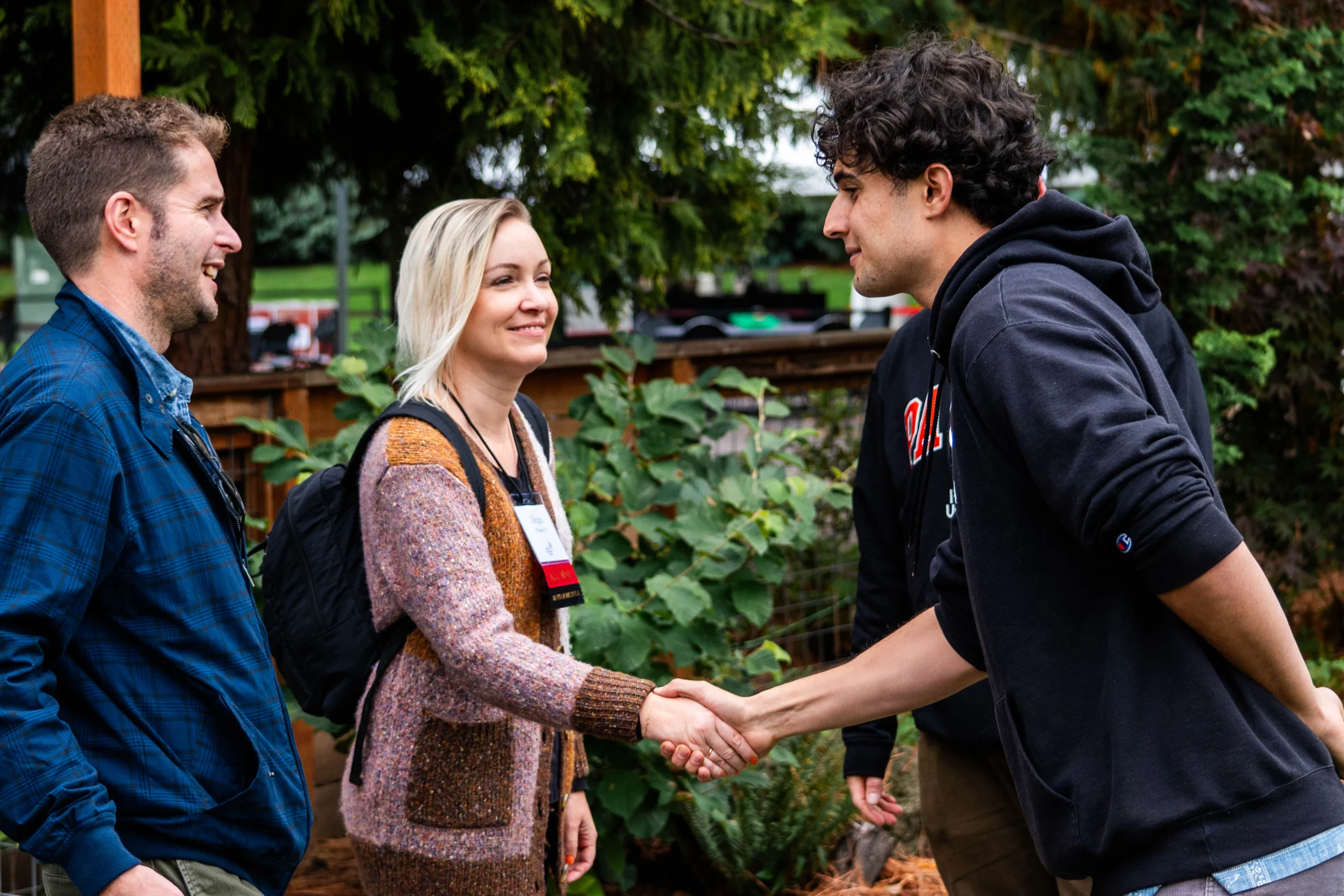
I’ll be honest—when I first started writing, short stories felt like the warm-up act. Something you did before graduating to “real” writing like novels. But wow, was I wrong.
There’s something incredibly powerful about being able to tell a full, emotional, even haunting story in just a few pages. No fluff, no filler—just raw narrative packed into a tight space. And let me tell you, it’s not easy. In fact, writing short stories taught me more about storytelling than any writing class ever did.
I. Introduction: Why Short Stories Matter
Short stories aren’t just mini-novels—they’re a completely different beast knowledge.
They force you to cut the fat and get straight to the heart of the story. You’ve got maybe 1,000 to 5,000 words to introduce characters, create tension, and deliver a resolution that actually hits.
It’s like being handed a tiny canvas and asked to paint something unforgettable. The challenge? Everything matters. Every sentence. Every word. There’s no room for wandering.
And that’s what makes short stories such a powerful medium. They demand clarity, precision, and emotional truth.
II. The Essence of an Impactful Short Story
Brevity as Strength
Some of the most memorable stories I’ve ever read were under 2,000 words. Why? Because they didn’t try to do too much. They zoomed in on one powerful moment, one decision, one twist that lingered long after I turned the page.
I once read a flash fiction piece—just 300 words—that literally gave me chills. It was about a missing child, written from the perspective of the family dog. No names, no detailed plot, just a mood, a voice, and a quiet heartbreak that stuck with me for days.
That’s the power of brevity used well.
Crafting a Complete Narrative in a Small Space
A common misconception is that short stories feel incomplete. But when done right, they feel just as full as a novel—you just get there faster. The key is focus.
Pick one theme. One character arc. One emotional beat. And build everything around that. Think of it like writing a single scene from a larger novel, but making sure that scene can stand on its own.
III. Key Elements of a Short Story

Strong Opening: Hook Fast
In a novel, you’ve got a chapter or two to build tension. In a short story? You’ve got maybe a paragraph.
Your opening line needs to do a lot of heavy lifting. It should spark curiosity, raise a question, or drop us straight into a moment of tension.
Here’s one of my favorite openers I wrote:
“The baby stopped crying exactly three seconds after the power went out.”
Instant tension. What happened? Is that good or bad? You want your reader asking questions right away.
If you’re interested in learning more about the history, structure, and significance of novels, check out the Wikipedia entry on Novels.
Central Conflict: One Core Tension
Your story should revolve around a single conflict. Not five. Not even three. Just one solid, engaging problem or tension point.
Whether it’s a character wrestling with guilt, a relationship on the brink, or a sudden disaster—it should be clear and compelling.
Resolution: Satisfying, Not Necessarily Neat
Here’s where things get interesting. A short story doesn’t always need a clean, tied-with-a-bow ending. But it does need to feel earned.
A resolution can be:
-
A twist that redefines everything you’ve read.
-
A small emotional shift in a character.
-
A symbolic gesture that hints at something larger.
As long as it feels intentional, it works.
IV. Writing Techniques for Impact
Maximizing Word Choice
In short stories, every word counts. You can’t afford to ramble or over-explain. One of the best lessons I’ve learned? Trust your reader. Use strong nouns and verbs. Cut adverbs when possible. Let subtext do the heavy lifting.
Instead of:
“She felt extremely sad and lonely.”
Try:
“She stared at the empty chair until the coffee went cold.”
Same feeling, less telling.
Creating Tension Through Dialogue and Description
With limited space, dialogue and sensory detail become your best friends.
A well-placed line of dialogue can do double duty—reveal character and push plot. And specific details—smells, sounds, textures—can ground a scene in seconds.
One time, I rewrote a 2,000-word story four times just to trim unnecessary dialogue tags. In the end, every line felt tighter and more alive.
The goal isn’t to write less, it’s to write better with fewer words.
V. Conclusion: Power in the Short Form
Writing short stories taught me how to get to the point, stay in the moment, and trust the power of subtlety.
You don’t need 80,000 words to make a reader feel something. Sometimes, all it takes is a character, a quiet moment, and a twist of the knife they never saw coming.
So if you’re trying to level up your writing, start short. Focus on one moment, one idea, one emotion—and say it as clearly and powerfully as you can.
Because in the world of short stories, less really can be more.
What is a short story?
A short story is a brief, self-contained piece of fiction that typically focuses on a single theme, character, or moment. It usually ranges from 1,000 to 7,500 words and delivers emotional or narrative impact in a compact format.
What makes a short story impactful?
An impactful short story uses concise language, strong conflict, and emotional clarity. It hooks readers quickly and often ends with a powerful twist or realization.
What are the key elements of a short story?
Essential elements include a strong opening, a central conflict, brief but vivid character development, and a satisfying resolution.
If you’re interested in the deeper layers of storytelling, Archetype: Universal Symbols in Storytelling is a must-read. This article delves into how archetypes—timeless symbols and characters—play a crucial role in stories across cultures and eras. Understanding these universal patterns can help you craft more compelling narratives and characters, whether you’re a writer, filmmaker, or just a lover of great stories. Check it out to learn more about how these powerful symbols shape the stories we tell.
If you want to discover delicious recipes, helpful tips, and everyday inspiration. Visit Blessed Beyond Words for food ideas and practical life insights! – https://blessedbeyondwords.com






